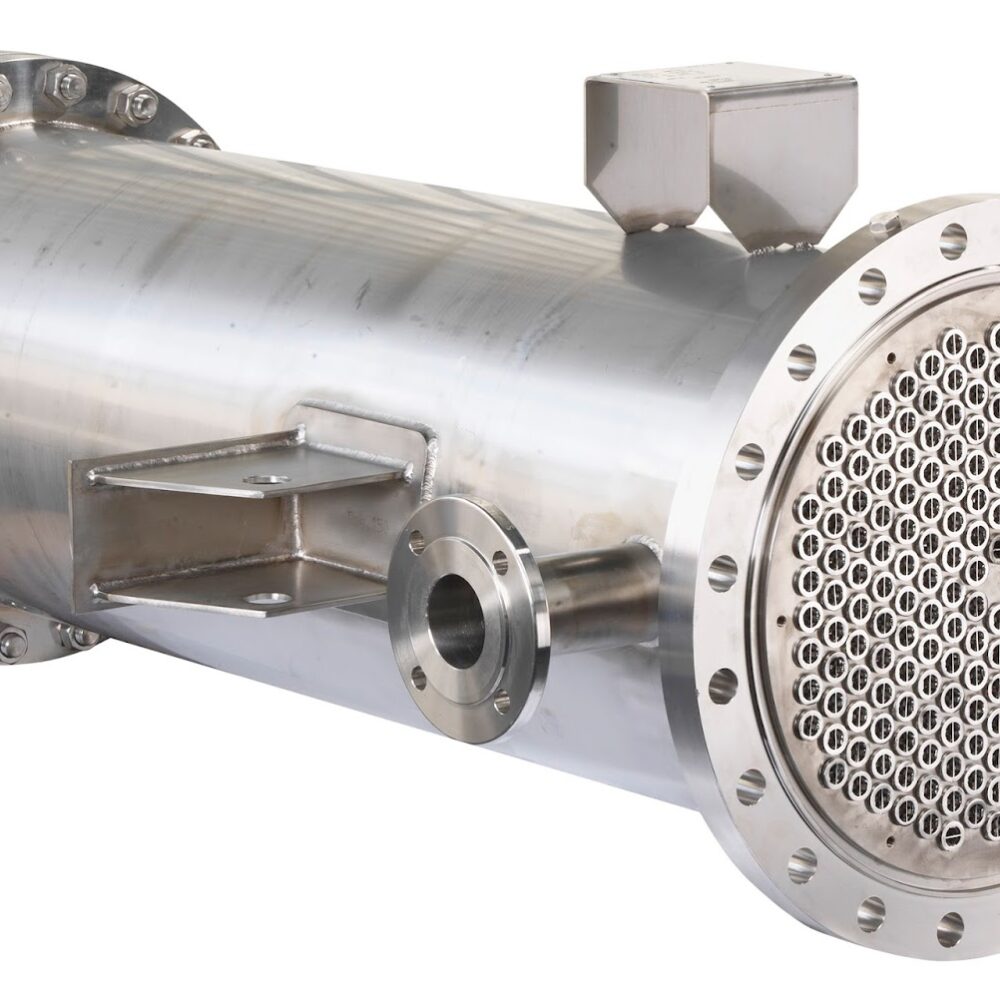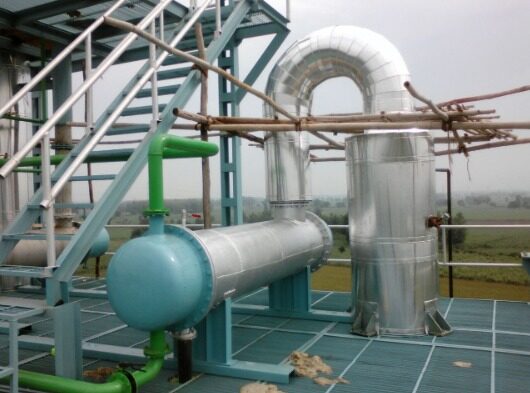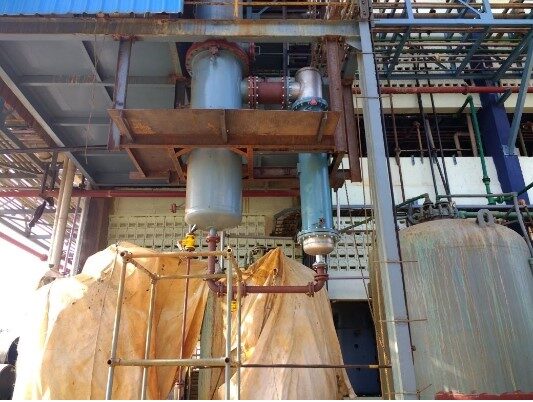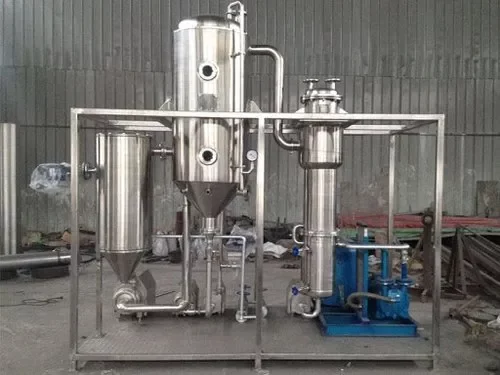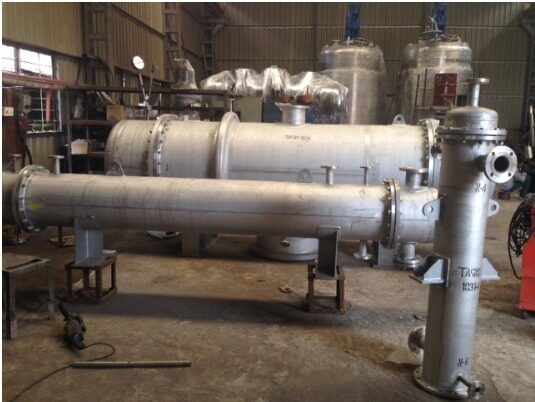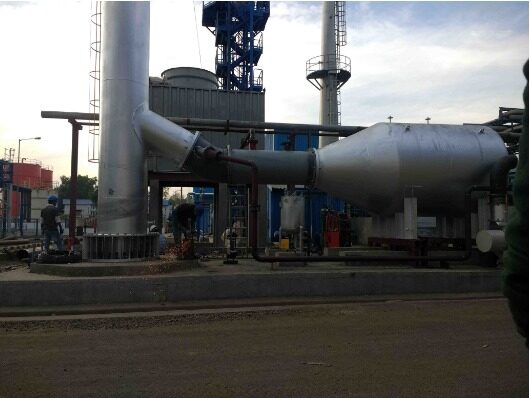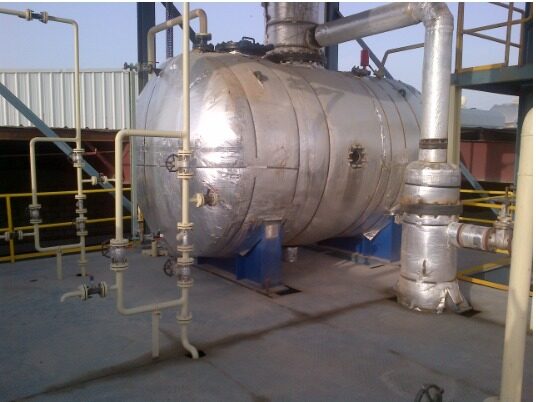Heat exchange technology is a method of transferring thermal energy from one medium to another. This technology is used in various industries to heat, cool, or dehumidify air, liquids, or gases. Heat exchange technology can be applied in a variety of ways, but the basic principle is to transfer heat energy from one medium to another using a heat exchanger.
A heat exchanger is a device that facilitates the transfer of thermal energy between two fluids or gases that are at different temperatures. There are various types of heat exchangers, including:
Shell and tube heat exchangers: These heat exchangers consist of a series of tubes enclosed in a shell. One fluid flows through the tubes, while the other fluid flows around the tubes in the shell. Heat is transferred from the hot fluid to the cooler fluid through the tube walls.
Plate heat exchangers: These heat exchangers consist of a series of plates with channels that allow two fluids to flow past each other. The plates are stacked together to increase the surface area for heat transfer.
Finned tube heat exchangers: These heat exchangers have tubes with fins on the outside that increase the surface area for heat transfer. They are commonly used in air conditioning and refrigeration systems.
Regenerative heat exchangers: These heat exchangers use a rotating wheel or bed of material to transfer heat between two fluids. The material absorbs heat from the hot fluid and releases it to the cooler fluid as it rotates.
Heat exchange technology has many applications in various industries, including power generation, chemical processing, HVAC systems, and food and beverage processing. It is an efficient and effective way to transfer thermal energy and can help reduce energy consumption and improve the overall efficiency of a process.
Showing all 7 results

